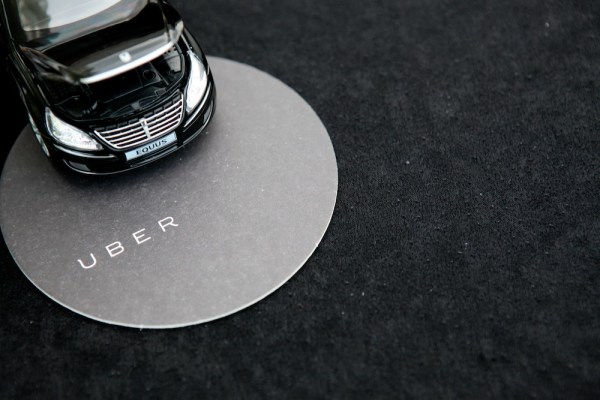Riding Uber just got a lot cheaper — at least for most customers using its low-cost UberX option. That’s because Uber has committed to slashing fares for its on-demand car service in a majority of U.S. cities where it’s available, in some cases by more than 20 percent.
Updated below with comment from Uber competitor Lyft.
The goal for Uber is not just to make its service more attractive than the competition, but to make UberX the cheapest option available period. That means undercutting fares for taxis and ride-sharing services like Lyft and SideCar, sometimes by a large amount.
This isn’t the first time the company has lowered the price of UberX rides. Since June of last year, when it cut rates in San Francisco, Uber has occasionally lowered fares in cities where UberX is available.
This is the most aggressive price cut the company has ever made, however, with Uber cutting rates in 16 of the 23 U.S. markets where the low-cost option is available. That includes reductions in Atlanta, Baltimore, Charlotte, Chicago, Dallas, Denver, Indianapolis, Los Angeles, Minneapolis-St. Paul, Nashville, Orange County, Phoenix, Sacramento, San Francisco, Seattle, and Tucson.
Some of those cuts are pretty dramatic. The price of UberX in Orange County, for instance, will drop by about 30 percent, according to CEO Travis Kalanick. San Francisco fares will be about 20 percent lower, and of the 16 markets seeing reductions, half will see cuts of 12 percent or more.
For a business that operates on low margins already, that’s a pretty dramatic reduction. And it will put a whole lot of pressure on the competition.
But that’s just part of the story. The fare cuts are also designed to make Uber more accessible to more people.
To demonstrate how it’s doing that, Kalanick ran through a couple of real-world examples with me to show how much cheaper UberX would be than the competition. In L.A., a ride from LAX to Hollywood, for instance, would cost $51 in a cab, but traffic permitting, an UberX would cost just $29.50. In San Francisco, a cab ride from the Mission to SOMA costs about $11, but an UberX would be just $8.
Combine that with a four-way fare split, Kalanick said, and the ride is the same price as taking the bus. All of which makes Uber not exactly a “luxury service” anymore.
With each previous reduction, Uber has seen the number of trips per driver increase, which means that even with the lower fares drivers end up making more money. In the case of this fare reduction, Uber is cutting its own margins in some markets to help push prices lower.
So how low can prices go? Uber wants to find out, but is aware that there’s only so much new demand it can drive with fare reductions. “There’s a ceiling to the number of trips per hour that a car can do,” Kalanick said.
Uber has said that it wants to offer a low-cost option in all of its markets, so you can probably expect it to expand the number of available UberX markets in the same way that it’s adding new cities in which it operates. That number is up to nearly 70 now, as Uber has moved aggressively into a number of international markets over the last year.
The company also has plenty of cash to play with. It raised $258 million from Google Ventures over the summer, bringing total funding to more than $300 million. Additional investors include TPG Growth, Benchmark, and First Round Capital, among others.
Update: When queried about Uber’s latest move, Lyft co-founder and president John Zimmer told TechCrunch: “Uber prices will still be higher. What does a price decrease mean when there is 8-10x surge pricing? It’s classic bait and switch and consumers see through that.”
